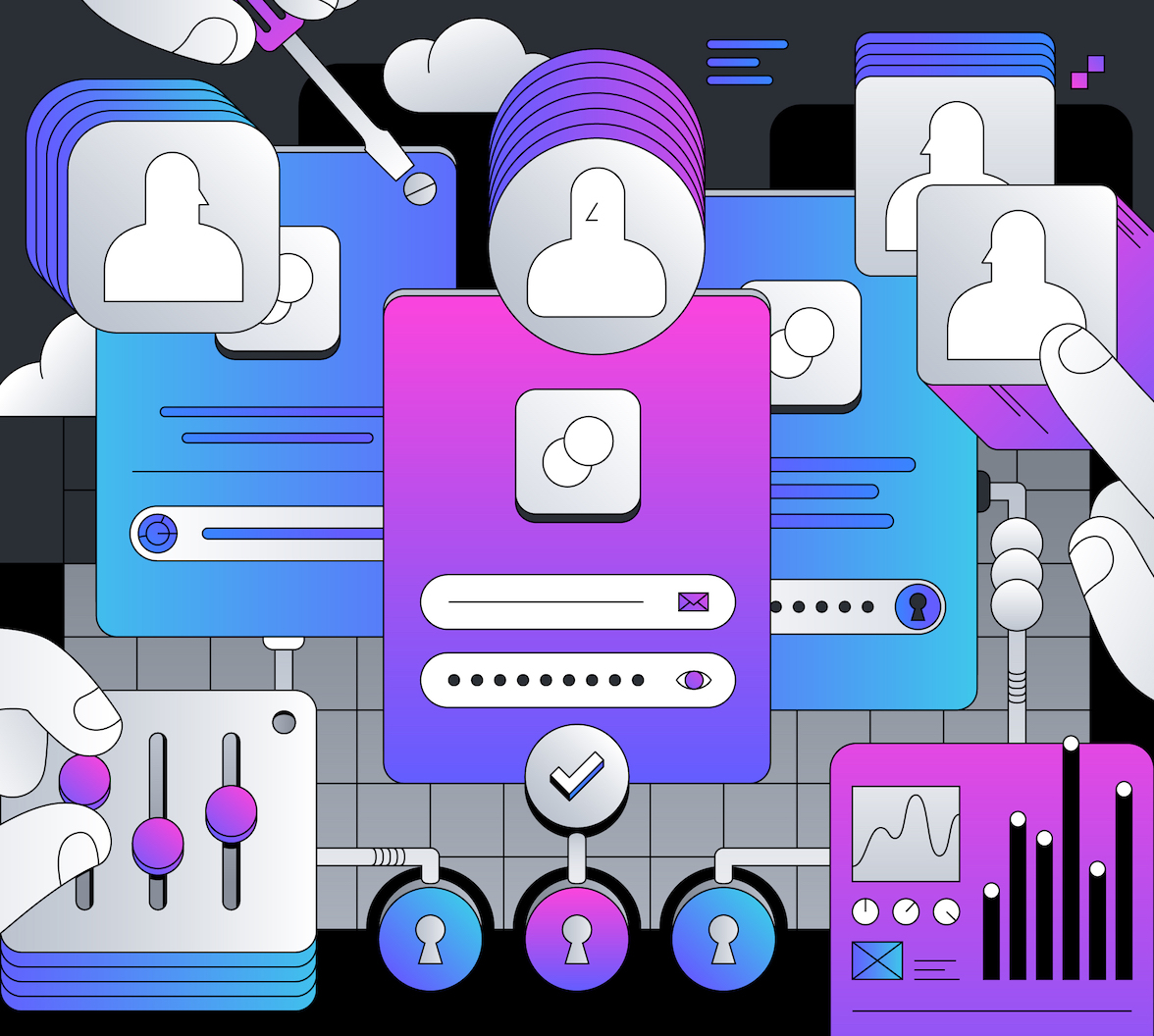In our previous posts, we established the foundational elements of Business-to-Business (B2B) identity, including multi-tenancy and streamlined onboarding, and then deep-dived into granular access control using RBAC, ABAC, and ReBAC. We've laid the groundwork for managing users and their internal permissions effectively.
Now, as your B2B Software-as-a-Service (SaaS) application matures and attracts larger enterprise customers, their expectations for security and integration will significantly increase. They won't just want a secure application; they'll demand it integrates seamlessly with their existing IT ecosystem. This article will focus on meeting these high-stakes requirements, exploring the critical aspects of enterprise integration and advanced security measures that are non-negotiable for large-scale B2B adoption.
Single Sign-On (SSO): The Enterprise Mandate
You've successfully managed user authentication and authorization in your SaaS app, but sooner or later your first major enterprise customer will come to you with a non-negotiable demand: "Our employees must log in using their existing corporate credentials. We will not manage separate passwords for your application." This is the moment you confront the reality of Single Sign-On (SSO). The new challenge is: How can I enable my customers to use their existing enterprise identity provider without having to create custom integrations for each individual customer?
In my past experience as a B2B SaaS developer, integrating with existing identity providers was a critical and challenging task. The code was getting more complicated every day because it had to take into account different protocols and configurations from customer to customer — not to mention the difficulty of testing the integrations.
Fortunately, Auth0 supports SSO through Enterprise Connections. Auth0 acts as a universal adapter, supporting a wide array of enterprise protocols: SAML, OpenID Connect, WS-Federation, Active Directory/LDAP. By offloading this complexity to Auth0, you avoid becoming an SSO integration specialist for every customer, significantly accelerating enterprise onboarding and reducing development overhead.
Some resources to learn more about SSO and Auth0 Enterprise Connections:
Delegated Administration: Empowering Your Customers
Having features like Enterprise Connections that save you from having to implement external IdP integrations for every customer is great, but having to interact with your B2B application support team for every change or new integration isn’t ideal for your customers. Now the challenge is: How can I allow my customers to manage their own users, roles, and SSO configurations within my application without involving my support team?
Delegated administration is the answer to this question. You should build a custom dashboard for your customers so that they can autonomously manage their users and configurations. Beyond giving your customers more control over their users and application configuration, delegated administration reduces the support burden on your side.
The B2B product I worked on in the past was limited to granting the customer delegated administration of their users. Other configuration settings had to go through our support, primarily due to the complexity of implementation.
Auth0 offers a few options to enable delegated administration for your customers, reducing the implementation complexity:
- Custom Admin Portal with Auth0 Management API. For more granular control or to tightly integrate user management into your existing application's admin interface, you can build a custom delegated administration portal using the Auth0 Management API.
- Self-Service Administration features. Some features are specifically designed to allow your customers to be autonomous. One example is Self-Service SSO, which enables customers to set up their own SSO connections. More self-service features are coming soon, so stay tuned to this blog for more.
Here are some documents to learn more about enabling delegated administration with Auth0:
Enhancing Security: MFA, Adaptive Auth, and Threat Detection
The more enterprise customers you have, the higher the demands on the level of security your application offers in terms of account protection, threat prevention, and access monitoring. This is certainly your next challenge: How do I protect my customers' data and accounts from common threats and enforce strong security policies without creating undue friction for legitimate users?
Auth0 provides a suite of security features designed to protect your application and its users:
- Multi-Factor Authentication (MFA), which adds an additional layer of security beyond just a password, supporting a wide range of MFA factors (SMS, Push Notifications via Auth0 Guardian, Google Authenticator, Duo, WebAuthn/FIDO2, etc.).
- Adaptive MFA and Risk-Based Authentication: a mechanism that prompts the user for MFA even if it's not normally required. This happens when an access attempt is deemed unusual or high-risk based on signals such as a new device, an unfamiliar location, a suspicious IP address, etc.
- Attack Protection, which are built-in features that automatically detect and mitigate common threats: brute-force protection, breached password detection, bot detection, etc.
- Audit Logs. Auth0 provides comprehensive, immutable audit logs of all authentication and management events.
To learn more on advanced security features supported by Auth0, check out these resources:
Conclusion
In this third installment of "B2B SaaS Identity Challenges," we've navigated the complex landscape of enterprise-grade security and integration. We highlighted the imperative of Single Sign-On (SSO) for larger clients, demonstrating how Auth0's Enterprise Connections streamline this often-daunting task. We also explored how delegated administration empowers your customers to manage their own users, significantly reducing your support burden, and discussed critical security features like MFA, adaptive authentication, and threat detection.
With your B2B SaaS now equipped with robust authentication, granular authorization, and enterprise-level security, the final frontier often involves tailoring the user experience to meet diverse customer expectations. In our next concluding article, we will explore how to personalize the login experience and secure machine-to-machine communication, ensuring your application not only functions flawlessly but also truly feels like an integral part of each customer's ecosystem.
About the author

Andrea Chiarelli
Principal Developer Advocate
I have over 20 years of experience as a software engineer and technical author. Throughout my career, I've used several programming languages and technologies for the projects I was involved in, ranging from C# to JavaScript, ASP.NET to Node.js, Angular to React, SOAP to REST APIs, etc.
In the last few years, I've been focusing on simplifying the developer experience with Identity and related topics, especially in the .NET ecosystem.
